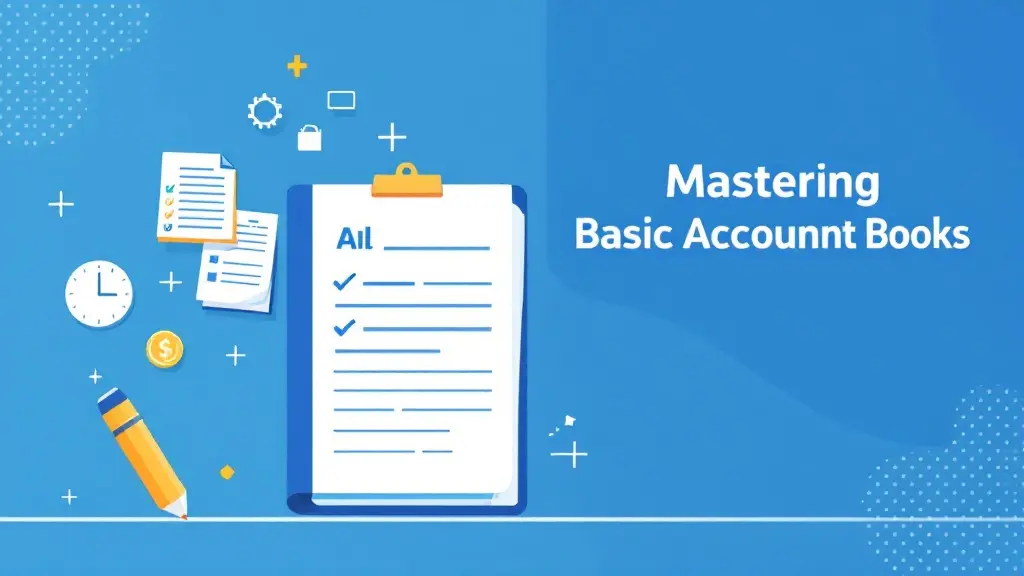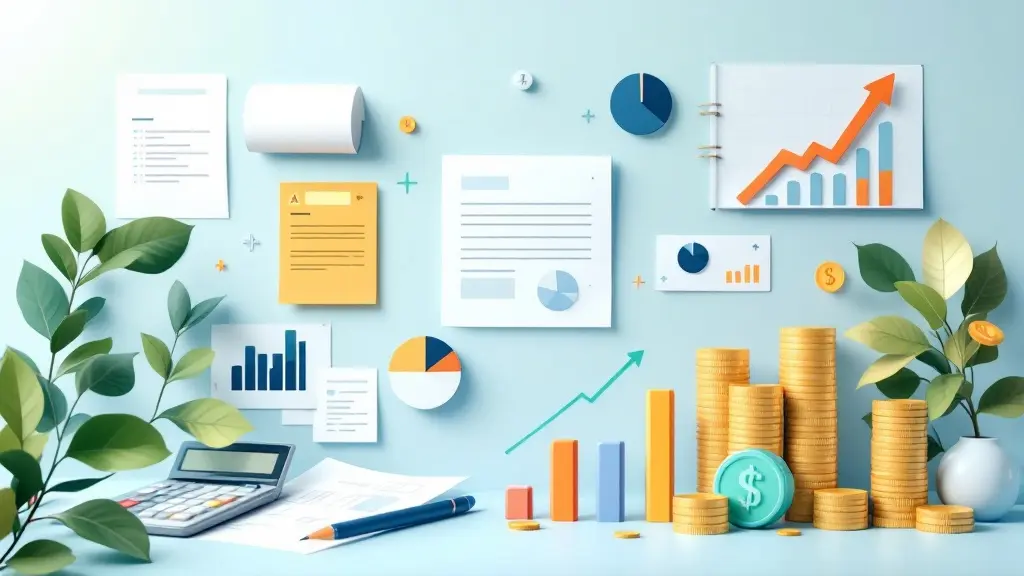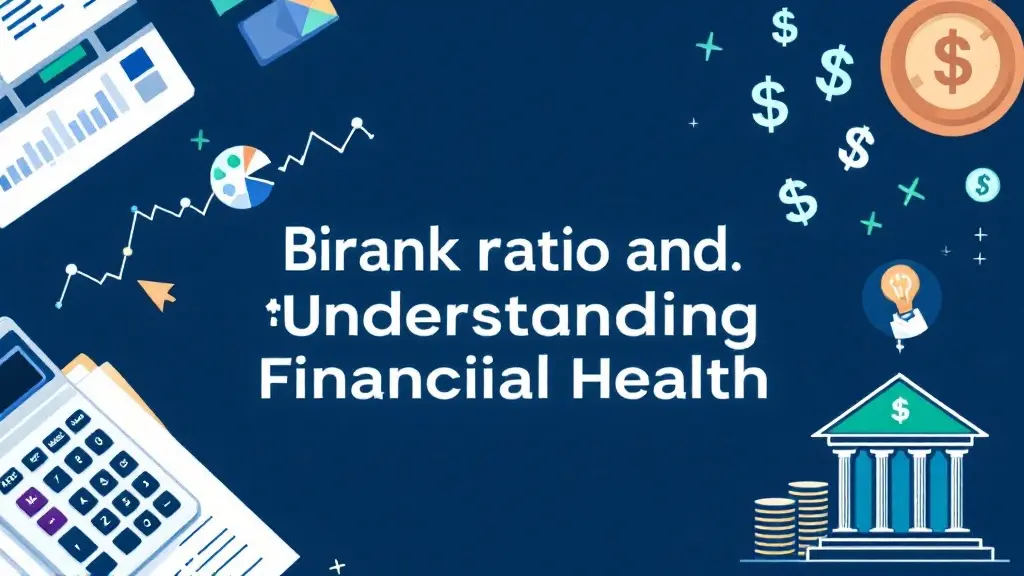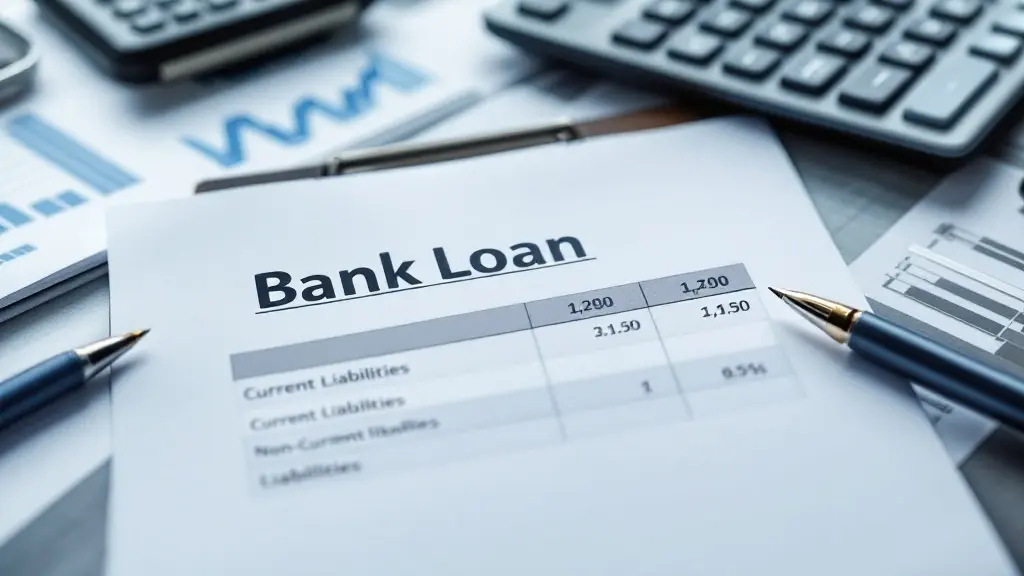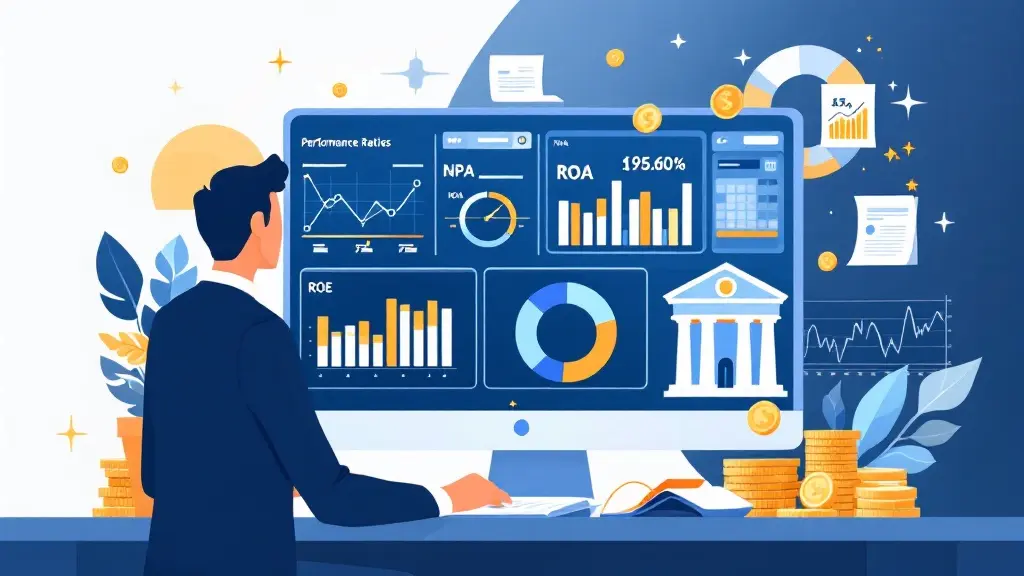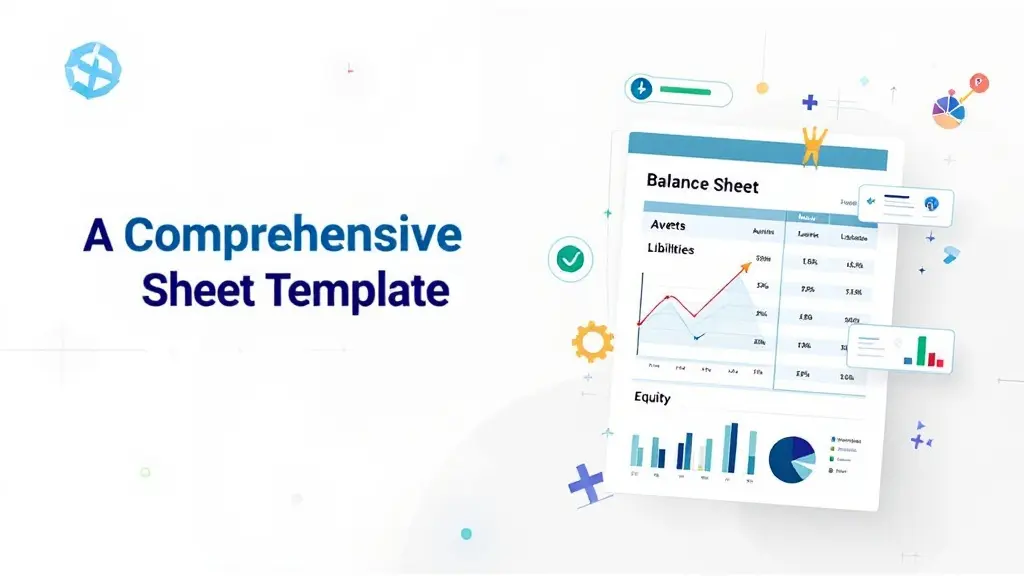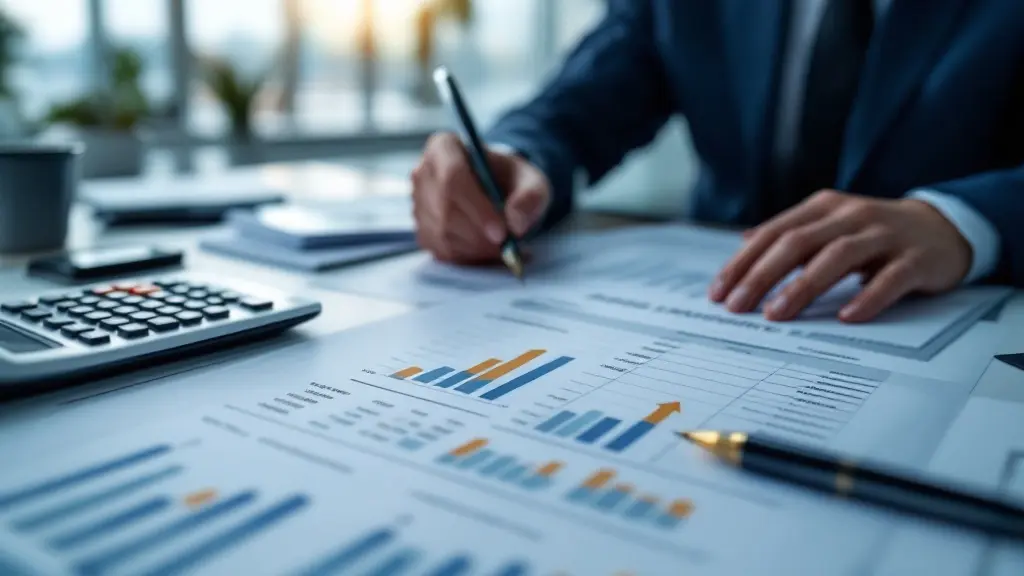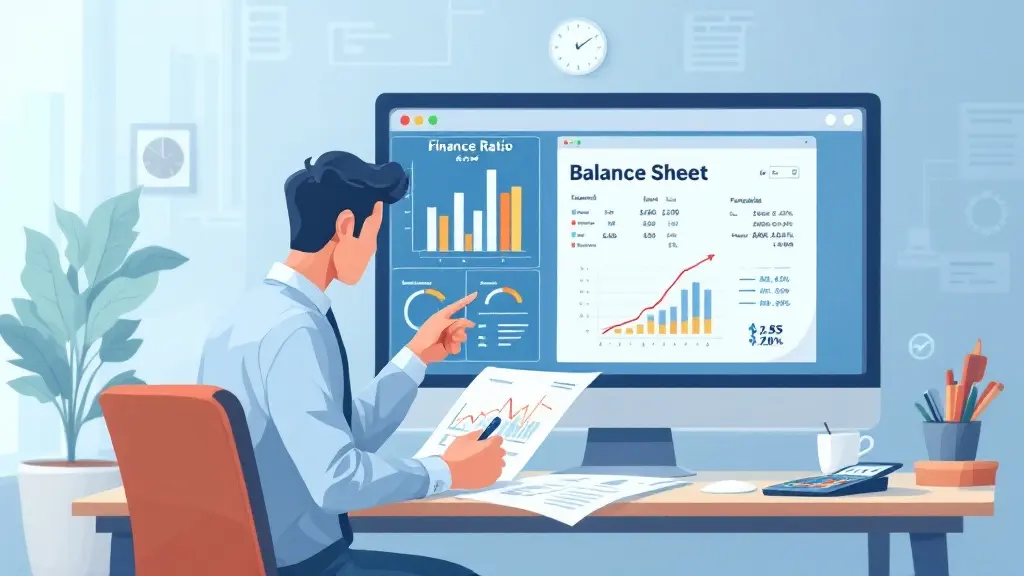Balance Sheet Format Class 12: A Complete Guide for Students
Table of Contents
Most Read
[fusion_dropcap class="fusion-content-tb-dropcap"]I[/fusion_dropcap]f you’re a Class 12 commerce student trying to wrap your head around the balance sheet format, you’re not alone. Many students feel overwhelmed at first—but don’t worry. This guide is here to break it all down in a way that’s simple, practical, and easy to remember.
Whether you’re preparing for your CBSE board exams or just want to get your accounting concepts clear, this blog will walk you through everything you need to know about the balance sheet format for Class 12.
What is a Balance Sheet?
A balance sheet is a financial statement that presents the financial position of a business at a specific point in time. It lists the company’s assets, liabilities, and capital (or owner’s equity) in a structured format.
In simpler terms, think of the balance sheet as a snapshot of what a business owns and owes.
Why is the Balance Sheet Important in Class 12?
In your Class 12 Accountancy syllabus, the balance sheet plays a crucial role. It’s part of the final accounts, helping you learn how businesses track their finances and ensure their books are balanced.
Also, understanding this format is essential for scoring well in board exams—it’s often a 6 to 8-mark question in CBSE papers.
Basic Structure of a Balance Sheet
Before we get into the actual format, let’s look at the two main parts of a balance sheet:
- Assets – What the business owns
- Liabilities and Capital – What the business owes and the owner’s share
In CBSE Class 12, we follow the Revised Format of the balance sheet, based on the Companies Act, 2013.
Balance Sheet Format for Class 12 (Revised Schedule III)
Here is the standard format taught in Class 12:
Balance Sheet of [Company Name] as at [Date]
| Particulars | Note No. | Figures for Current Year | Figures for Previous Year |
|---|---|---|---|
| I. EQUITY AND LIABILITIES | |||
| 1. Shareholders’ Funds | |||
| a) Share Capital | |||
| b) Reserves and Surplus | |||
| 2. Non-Current Liabilities | |||
| a) Long-term Borrowings | |||
| b) Deferred Tax Liabilities | |||
| 3. Current Liabilities | |||
| a) Trade Payables | |||
| b) Short-term Provisions | |||
| Total | |||
| II. ASSETS | |||
| 1. Non-Current Assets | |||
| a) Fixed Assets | |||
| – Tangible Assets | |||
| – Intangible Assets | |||
| b) Long-term Investments | |||
| 2. Current Assets | |||
| a) Inventories | |||
| b) Trade Receivables | |||
| c) Cash and Cash Equivalents | |||
| Total |
✅ Note: Each item above refers to a Note to Accounts, where detailed explanations or sub-breakdowns are provided.
Step-by-Step Explanation of Each Section
1. Shareholders’ Funds
- Share Capital: This is the money invested by the shareholders.
- Reserves and Surplus: Includes profits retained in the business and other reserves.
2. Non-Current Liabilities
- Long-term Borrowings: Loans and debts that are payable after one year.
- Deferred Tax Liabilities: Taxes payable in the future due to timing differences in accounting.
3. Current Liabilities
- Trade Payables: Bills payable to suppliers for goods purchased.
- Short-term Provisions: Includes taxes payable or expenses due within one year.
4. Non-Current Assets
- Tangible Assets: Physical things like land, building, machinery.
- Intangible Assets: Non-physical assets like patents, goodwill.
5. Current Assets
- Inventories: Stock of raw materials or finished goods.
- Trade Receivables: Amounts due from customers.
- Cash & Cash Equivalents: Cash in hand or bank balances.
Key Points to Remember for Class 12 Exams
- The balance sheet must always balance.
That means:
Total Assets = Total Liabilities + Shareholders’ Funds - Use proper headings and formats.
Presentation matters in board exams. - Notes to Accounts are important.
Each item on the balance sheet must be explained in the form of notes. - Always mention figures of both the current and previous year.
This helps compare performance over time.
Example of a Balance Sheet (Simplified for Students)
Let’s say a fictional company “ABC Ltd.” has the following details:
- Share Capital: ₹5,00,000
- Reserves: ₹1,00,000
- Long-term Loan: ₹2,00,000
- Creditors: ₹50,000
- Machinery: ₹3,00,000
- Inventory: ₹1,50,000
- Debtors: ₹2,00,000
- Cash: ₹2,00,000
Here’s how the simplified balance sheet would look:
Balance Sheet of ABC Ltd. as at 31st March 2025
| Particulars | Amount (₹) |
|---|---|
| Equity and Liabilities | |
| Share Capital | 5,00,000 |
| Reserves and Surplus | 1,00,000 |
| Long-term Loan | 2,00,000 |
| Creditors | 50,000 |
| Total | 8,50,000 |
| Assets | |
| Machinery | 3,00,000 |
| Inventory | 1,50,000 |
| Debtors | 2,00,000 |
| Cash | 2,00,000 |
| Total | 8,50,000 |
Common Mistakes to Avoid
- Not balancing both sides. Always double-check!
- Incorrect classification. For example, placing a long-term loan under current liabilities.
- Skipping note numbers. They are part of the official format.
- Wrong date format. It should always be “as at [Date]”, not “on” or “for”.
Pro Tips to Score High in Balance Sheet Questions
- Practice with real questions from CBSE sample papers.
- Make your own format templates and revise them regularly.
- Learn common terms and their meanings. Don’t just memorize—understand.
- Work on Notes to Accounts. They fetch marks too.
- Maintain neatness and clarity. Examiners love a clean and readable answer sheet.
Final Thoughts
Understanding the balance sheet format for Class 12 is not just about passing exams—it’s about learning the foundations of business and finance. Once you master this, you’ll find topics like financial statements, analysis, and business operations much easier.
So, take your time, use this guide, and keep practicing. Soon, creating a balance sheet will feel like second nature.
Want More Help?
Follow our blog at www.fintax24.in for more CBSE Accountancy resources, exam tips, and easy-to-follow guides. We’re here to make your commerce journey smarter and smoother.
